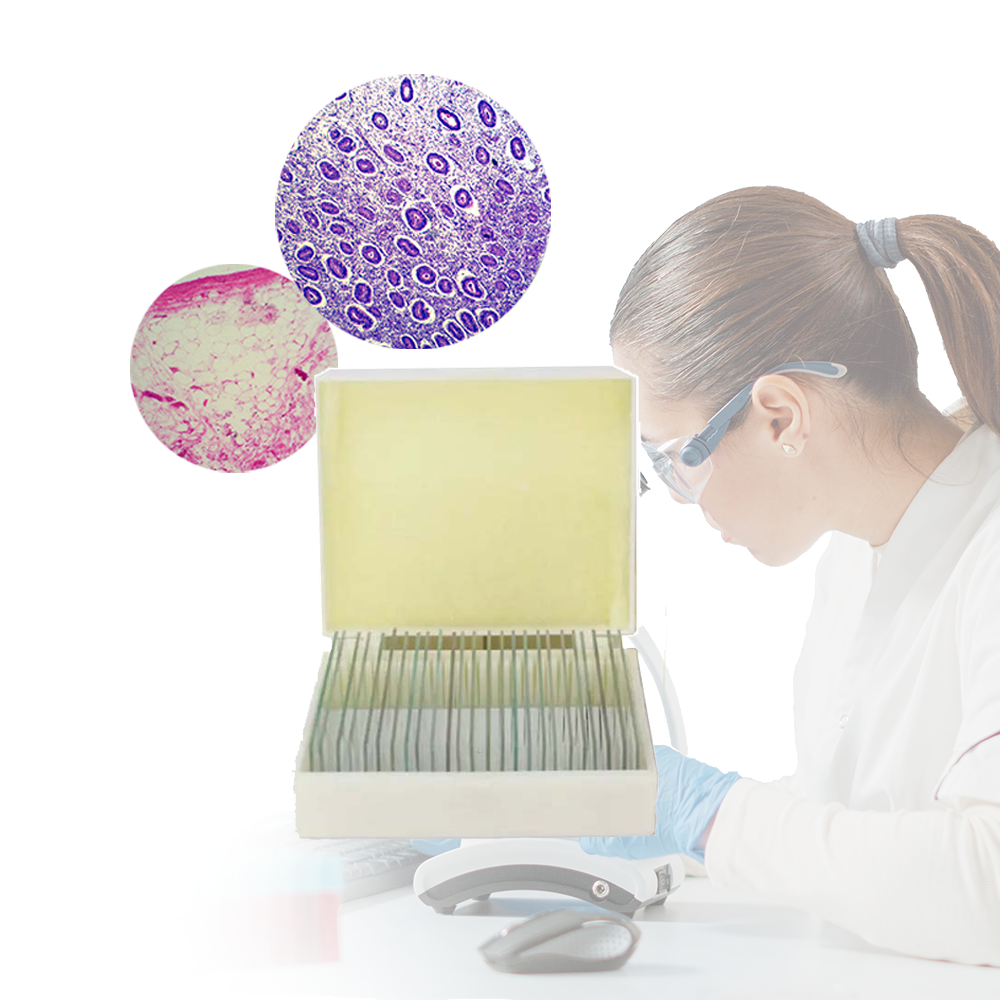There are a variety of dyes commonly used in bioslicing, each of which has different properties and application ranges. Here are some commonly used bioslicing dyes and their brief introduction:
First, natural dyes
Hematoxylin: This is a pigment extracted from the dried branches of South American hematoxylum (tropical legume) by soaking it in ether. Hematoxylin cannot be dyed directly, and it needs to be oxidized to become oxyhematoxylin (also called hematoxylin) before it can be used. It is a good material for staining the nucleus and can differentiate different structures in the cell into a variety of different colors.
Carmine: Carmine, also known as carmine or carmine, is made from tropical female cochineal beetles dried and ground into powder, extracted insect red, and then treated with alum to make. Carmagenta is also a good dye for the nucleus, and the dyed specimen is not easy to fade, especially for the whole dyeing of small materials.
Second, artificial dyes
Acid fuchsin: Acid fuchsin is an acidic dye, red powder, soluble in water, slightly soluble in alcohol. It is a good cell staining agent, widely used in animal preparation, in plant preparation for skin, pulp and other parenchyma cells and cellulose walls.
Congo red: Congo red is an acidic dye, in the form of jujube red powder, soluble in water and alcohol, blue in acid. It is often used in plant production as a liner for hematoxylin or other cell dyes, and can also be used to stain cytoplasm and nerve axes.
Solid green: Solid green is an acidic dye, soluble in water and alcohol. It is a kind of dyeing agent for cellulose cell tissue containing plasma, which is widely used in dyeing cells and plant tissues.
Sudan III: Sudan III is a weak acid dye, red powder, soluble in fat and alcohol. It is a fat stain that is often used to show the fat content of tissues.
Eosin: There are many kinds of eosin, and the commonly used eosin Y is an acidic dye, which is red with blue small crystals or brown powder. Eosin is widely used in animal preparation, is a good cytoplasmic dye, and is often used as an interlining dye for hematoxylin.
Basic fuchsin: basic fuchsin is an alkaline dye, which is widely used in biological production and can be used to stain collagen fibers and elastic fibers.
Crystal violet: Crystal violet is an alkaline dye, widely used in cytology, histology and bacteriology, is a good stain, often used for nuclear staining.
Gentian violet: Gentian violet is a mixture of alkaline dyes, mainly a mixture of crystal violet and methyl violet, which can be used interchangeably with crystal violet when necessary.
These dyes play an important role in bioslicing, and through different staining methods and combinations, they can clearly display the morphological structure of cells and tissues, providing important technical support for biological and medical research.
Post time: Aug-08-2024


